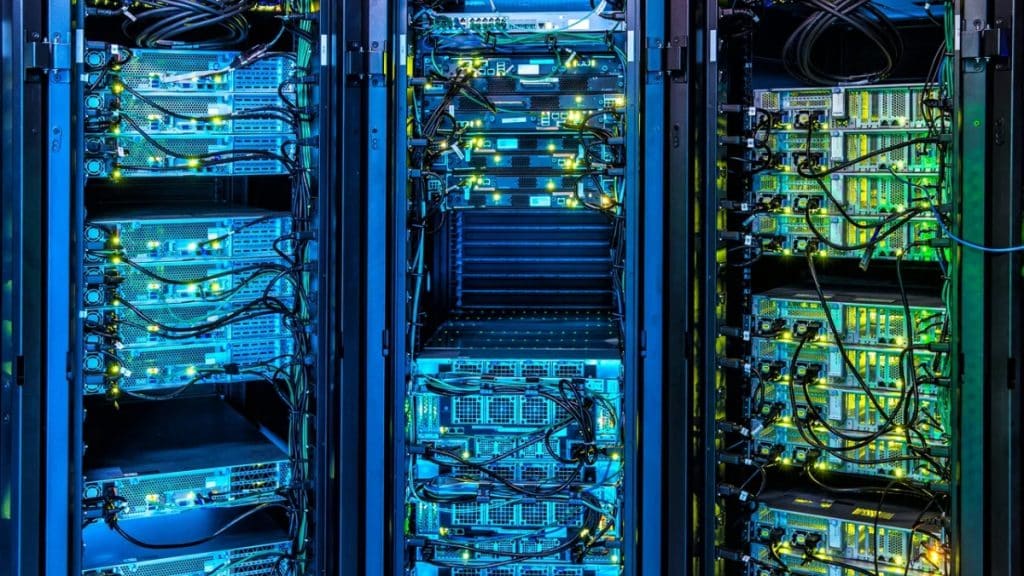As a datacenter manager, you are aware that how important it is to maximize performance and reduce expenses by optimizing server efficiency. Considering that energy cost more than 30% of a datacenter’s operational budget, even small efficiency gains can have a huge impact. Through the implementation of server virtualization and consolidation, utilizing the newest energy-efficient technology, and assessing your current infrastructure, you may dramatically increase your power usage effectiveness (PUE). Careful planning and execution are key approach the project in phases, monitor progress to identify optimization opportunities, and develop policies that balance performance with efficiency goals. With the best practices outlined here, you can build a greener, leaner, more effective datacenter environment.
Understanding Server Utilization in the Datacenter
Optimizing server efficiency starts with understanding utilization metrics and setting appropriate targets. Follow these steps:
- Monitor CPU, memory, disk, and network utilization for each These metrics indicate how hard your servers are working.
- Set utilization targets based on application For example:
- CPU usage below 60%.
- Memory utilization around 75%.
- Disk usage below 80%
- Network usage below 50%.
- Identify over and underutilized
- Over-utilized – Consistently exceeding Upgrade or redistribute workloads.
- Underutilized- Well below Consolidate workloads.
- Consider virtualization and containers to optimize hardware Benefits include:
- Improved
- Flexible workload
- Hardware
- Implement resource monitoring and Track utilization over time to right-size workloads.
- Review targets quarterly as application demands evolve. Adjust as needed.
Following these best practices for measuring and optimizing server workloads will maximize efficiency and reduce costs for your datacenter infrastructure. Continually monitoring and adjusting resource allocation is the key.
Best Practices for Optimizing Server Efficiency
When managing servers in a datacenter, follow these best practices to maximize efficiency:
- Consolidate server and virtualize when possible. Reduce the number of physical servers by consolidating servers and applications where you Virtualize servers to maximize resources this allows you to run multiple virtual servers on one physical machine. Most companies create different configuration of virtual servers.
- Optimize the datacenter Hot and cold aisle containment helps separate hot exhaust air from cooler Intake air. Position server racks for optimal airflow and accessibility.
- Monitor and record metrics. Use tools to record server utilization metrics like CPU, memory, disk 1/0, and network Review historical data to right-size workloads.
- Keep servers and software updated. Maintain servers by patching, upgrading firmware/BIOS settings, and refreshing Keep software and apps current to utilize the latest optimizations.
- Tune application Adjust application settings to ensure efficient resource allocation aligned with utilization. Set appropriate timeouts, connection limits, caching settings, etc.
- Leverage Use automation tools for provisioning, configuration management, and orchestration to optimize at scale. Automate manual tasks to increase efficiency.
- Analyze over time and optimize. Continually review usage data, energy consumption, and efficiency Identify areas to optimize retire unused servers, resize instances, refine application settings.
Following best practices requires continual analysis and improvement. However, the investment pays dividends through enhanced productivity, reduced costs, and more efficient infrastructure. Revisit optimizations regularly as demand evolves.
Choosing the Right Hardware and Software for Maximum Efficiency
When configuring your datacenter servers, selecting optimal hardware components and software tools is the key to maximizing efficiency, consider the following factors:
- Processor-Choose a processor that balances performance and efficiency for your workload. For example, Intel Xeon processors deliver high throughput while managing power consumption.
- Memory-Error correcting code (ECC) memory detects and corrects errors, ensuring system stability. Consider high-capacity DIMMs to minimize module count.
- Storage Solid state drives (SSDs) reduce latency white offering durability and efficiency versus spinning hard disk drives (HDDs). Evaluate read-intensive versus mixed
Networking- Choose switches and adapters suited for software-defined networking (SDN) and advanced traffic management via quality of service (QoS) prioritization.
- Virtualization-Hypervisors like VMware ESXi and Microsoft Hyper-V enable hardware consolidation and resource optimization via virtual machines
- Infrastructure Software – Robust datacenter infrastructure management tools from vendors such as Cisco UCS Manager optimize ongoing system configuration, health monitoring and troubleshooting.
Carefully evaluating processor/memory cache ratio, I/O bandwidth against average workload, and power costs can further tune specifications for peak efficiency per watt.
Right-sizing server hardware components while leveraging optimization from software tools is the key to maximizing datacenter efficiency and driving sustainability. Continuous monitoring and fine-tuning keep systems performing optimally as workloads evolve.
Conclusion
By following the best practices outlined, you can optimize server efficiency in your datacenter Consolidating servers, virtualizing where possible, keeping up with firmware and software updates, and monitoring performance metrics will lead to reduced costs and environmental impact through lower power consumption. As the stewards of these critical IT infrastructure components, we have a responsibility to maximize their efficient operation. Small improvements multiplied by the scale of global datacenters can result in immense positive gains. You now have additional tools to apply in your own environment to contribute to these broader goals. Continue seeking new optimization strategies- what is considered best practice today will evolve over time, requiring continued education and creative solutions.

